为进一步丰富校园文化生活,引导同学们树立文化自信意识,加深对本土文化的了解和热爱,开云官方注册_开云(中国)外国语学院学子走进家乡的传统“非遗”,挖掘家乡“非遗”文化的现代传承,用英语展现与传播贵州非物质文化遗产的魅力。
下面,让我们的同学与大家一同分享“非遗”之美
Sinan Flower Lantern
I.Introduction
Origin
Sinan Tujia lanterns have a rich history dating back to the Tang and Song dynasties, and were widely popular during the Ming and Qing dynasties. Interestingly, towards the end of the Qing dynasty, Sinan Tujia Lanterns underwent a significant transformation, influenced by foreign drama culture. They evolved into a Huadeng opera - Gaotai opera, marking a big leap in the history of lanterns.
Development
Sinan Tujia lanterns and Gaotai opera not only serve as a form of entertainment but also possess strong social and political significance. It's fascinating to learn about how these art forms were employed as a powerful tool against oppression and injustice during the peasant uprising in Sinan. The fact that the Tujia people authored and performed their own lantern duets is a testament to their inventive spirit and resilience.
Characteristics
Sinan Tujia Lantern is truly a unique art form that combines singing and dancing. The dance styles of Sinan Tujia Lantern are lively and diverse, with healthy and beautiful movements. It roots in daily life but also transcends it, making it even more valuable than life itself. The musical melodies of Sinan Tujia Lantern are also adapted from folk songs, which adds to its authentic charm.
Style
Sinan Tujia Lantern has its own unique style and profound significance related to the Tujia culture. As a form of theatrical art, it showcases the beautiful traditional culture of the Tujia people through its lively and diverse dance forms and singing.
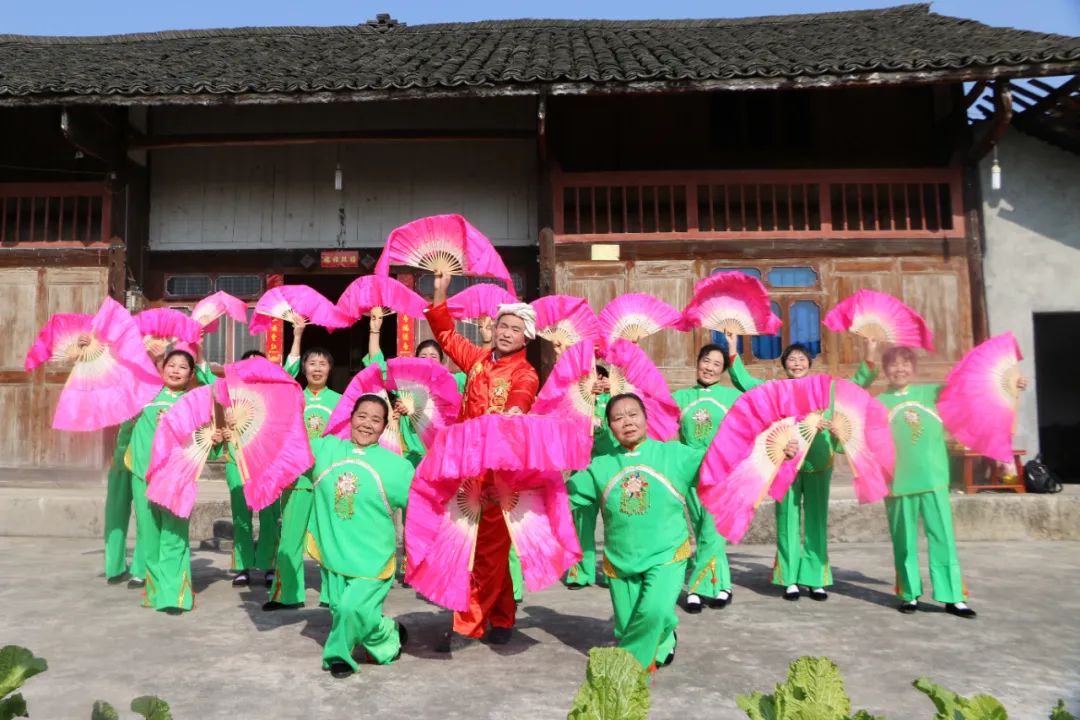
Inheritance and Protection
Sinan Huadeng Opera culture is truly a precious intangible cultural heritage of Guizhou. Its historical and artistic value is deeply ingrained in the local community, serving as a powerful tool to preserve and showcase the rich traditional culture and customs of the region. Through Sinan Huadeng Opera, we can gain a deep understanding of the traditional culture and folk customs of Guizhou and experience the wisdom and diligence of local people.
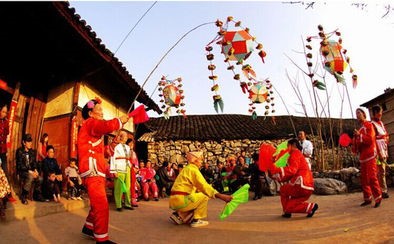
Protecting and inheriting the art of lantern making and performance is essential. Xu Zhaozheng, also known as the king of Tujia Lantern, has been recognized as the provincial representative inheritor of “Sinan Lantern” by the Provincial Department of Culture. To further promote the traditional lantern art, it is crucial to delve deeply into its cultural connotation and integrate it into diverse settings such as schools, communities, and enterprises. Through these efforts, we can contribute to the flourishing and development of the traditional lantern art.
II.Cultural Background
Sinan lantern culture
Throughout its long history, Sinan Flower Lantern has continuously incorporated the essence of other dramas, developing a cultural heritage with multi-element integration and strong national characteristics.
Sinan Flower Lantern has managed to safeguard its unique cultural heritage, despite the impact of modern times. Sinan people have handed down the skill through oral instruction, and it is truly inspiring to see how they have continued to work hard to maintain this beautiful tradition in the modern world, ensuring its survival and flourishing.
The History and Legend of Sinan Lantern
Sinan Huadeng Opera has a rich history dating back to the Ming Dynasty, playing a crucial role in the local village community. Beyond its recreational value, it serves as a vital link to cultural traditions. Every festival or significant event, Sinan Huadeng Opera becomes a gathering place for people to come together and share in the entertainment.
Legend has it that Huadeng Opera originated during the Tang Dynasty, when a renowned poet named Li Bai visited Sinan County. In celebration of the region's bountiful harvest, he composed a poem titled "Lantern Fu". This poem was embraced by the local citizens and transformed into an unique performance art known as Huadeng Opera.
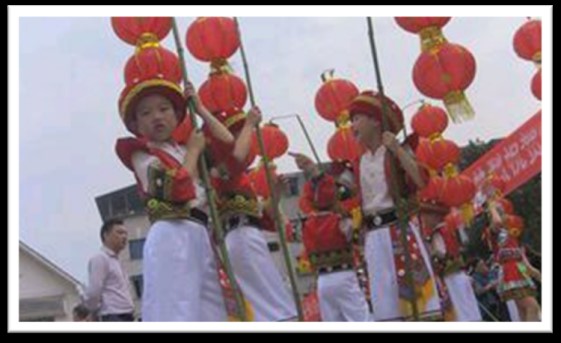
Innovation of Flower Lantern Culture in Sinan
With the modernization and increased cultural exchanges, Sinan Huadeng Opera culture is facing a challenge. On one hand, the traditional form of Huadeng opera may not fully resonate with modern audiences, necessitating innovation and adaptation. On the other hand, the younger generation's connection to traditional culture may not be as strong as in previous eras, necessitating increased preservation efforts and publicity for Sinan Huadeng Opera culture.
III.Production Process
Material Selection
Select high-quality materials for construction, including wire, light bulbs, paint, etc.
Material Preparation
Clean and dry the chosen materials, cut and bend the wire according to the design, and prepare other necessary materials.

Design Drawings
Design Drawings - Based on the design requirements, create drawings for the structure of the flower lantern, including the shape and size of the lantern, the position and connection of the light bulbs, etc.
Structural Assembly
Assemble the flower lantern structure using the prepared materials in accordance with the design drawings.
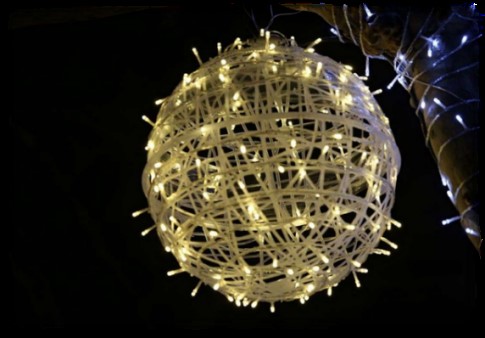
Painting
Paint the surface according to the design requirements, using techniques such as watercolor, oil painting, and lacquer painting.
Decoration
Use a variety of materials to decorate, such as silk flowers, leaves, stones, etc., to create a more essential shape and visual effect.

Next, please paste these papers on the coloured lights to make them more beautiful. Finally, the actors put on beautiful costumes, hold lanterns and begin to perform. Actors not only need to perform various roles, but also need to engage in dance performances with lanterns, executing rhythmic and aesthetically pleasing movements. Furthermore, the actors also showcase martial arts and acrobatic performances, elevating the overall excitement of the show.
IV. Performance Art
Performance content
Sinan Tujia lanterns not only have a rich history but also come in a variety of performance forms. Originally, they were mainly duets. During the Late Ming and Early Qing periods, the art form evolved to include trio performances, consisting of one man and two women, also known as "double phoenix Chaoyang". Alternatively, there were performances with "two men and a woman" called "double lion play ball" or "Huadeng play" with two men and two women. Danjiao, also known as Yimei, portrays a man dressed as a woman, adorned with a fake braid, scarf, floral skirt, silk edge flower folding fan in the right hand, and a colored towel in the left hand. Harlequin, alternatively called dry brother, wears a fur jacket, belt, melon cap, and holds a large dandelion fan in his right hand. The "double lantern" of "two denier and two ugly", which is similar to the collective dance, is performed in the courtyard dam when singing "Kaicai Gate".
The singing content mainly consists of the life stories of the Sinan Tujia people. The music is light and pleasant to listen to, and the beautiful movements and vivid images make the performance even more engaging. Through its graceful and moving singing, strong local flavor, and unique national style that is well-integrated with the drama, the Sinan Tujia Opera showcases the humanistic style of the Wujiang River basin. As a wonderful flower in the drama garden, the Sinan Tujia Opera is warmly welcomed by people.
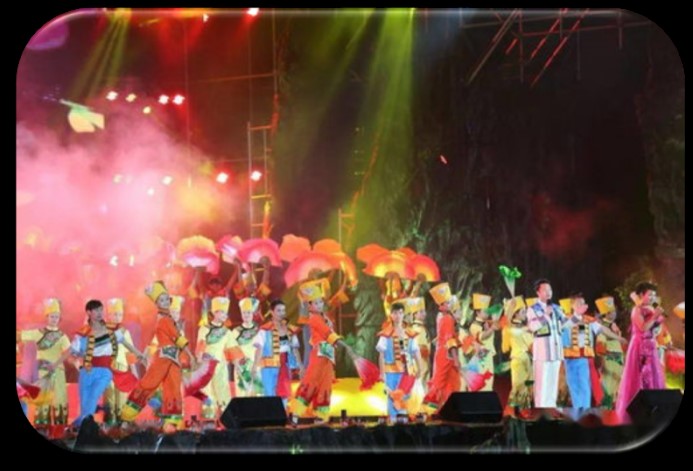
文中图片来源网络,如侵权请联系删除。
文字:李冰霞
指导教师:王雪丽
稿件审校:周丽
一审:黄超禹
二审:杜玉红
三审:徐焱
